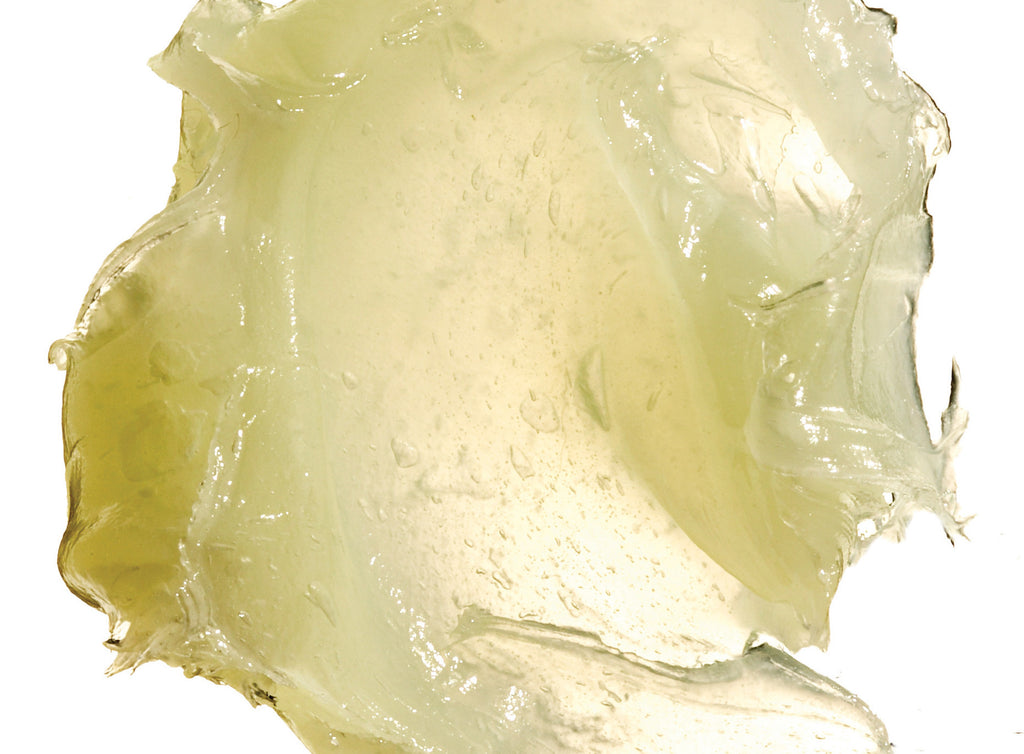Why We Ditched All Products with Petroleum Jelly & Never Looked Back

Going old school can be a good thing. Who among us doesn’t have a soft spot for black-and-white movies or scratchy record players? But when we’re talking about petroleum jelly in skincare, that’s one old-school treatment we want to leave behind.
If you’re like us, your grandma probably always had a tub of that yellow jelly ready to slather on chapped lips, dry patches, and around your nostrils when you have a nasty cold and you’re giving Rudolph a run for his money. We’ve all been there.
Bad news. No offense to your grandma, but petroleum jelly is one old-school skincare item that we’re totally over. Find out why we threw everything with petroleum jelly out of our medicine cabinet and never looked back.
Let’s get the story straight. Where does petroleum jelly come from?
Why not start with where petroleum jelly comes from? It was discovered in the 1800s at the bottom of oil rigs. Though the petroleum jelly in your medicine cabinet is more refined than its 19th-century ancestor, it’s still an oil byproduct.
First warning sign: Because it’s an oil byproduct, petroleum jelly is not eco-friendly. Since it’s made from a nonrenewable resource, petroleum jelly is immediately a no-go for us.
But that’s not all.
In its purest form, petroleum jelly is supposedly safe. However, if petroleum jelly has impurities, these contaminants can have carcinogens (A.K.A. cancer-causing bad guys) like poly aromatic hydrocarbons (PAH).
While there is no solid proof that petroleum jelly can cause cancer, U.S. manufacturers aren’t legally required to remove PAH and other contaminants from petroleum jelly products.
According to the Environmental Working Group, petroleum is in one of every 14 cosmetic products. That’s a lot of products that could potentially have carcinogens in them. Why take the risk?
It’s bad for the environment and could be harmful to your health—but why is petroleum jelly bad for your skin?
To put it simply, putting a petroleum jelly product like Vaseline on your skin is like putting plastic wrap on your skin.
Petroleum jelly creates the illusion of moisturized skin. It’s a quick fix that makes your skin feel hydrated in the moment—but the long-term benefits just aren’t there.
Since petroleum jelly is water-repellant—not water-soluble—it forms a barrier over your skin. It traps moisture below this barrier, creating that illusion of hydration. However, it also traps toxins, dirt, and other contaminants under that barrier—and keeps moisture out.
If you have dry skin, you’re looking for skincare products that truly get rid of dry skin. Petroleum jelly products are all about instant gratification without a real solution.
Hopefully, you’re already anti-petroleum jelly. If not, what if we tell you that it can aggravate acne and rosacea and it can damage your skin’s collagen and elastin, making skin look older? Yep. It’s true.
So you took our advice & you’ve got a Vaseline-free medicine cabinet. What are petroleum jelly alternatives?
There are several natural, eco-friendly petroleum jelly alternatives that actually moisturize your skin. Beeswax, coconut oil, olive oil, shea butter, and cocoa butter are all great replacements that hydrate skin naturally.
Remember: your skin is a sponge. Why would you want an oil byproduct on your face when there are ingredients like olive oil and cocoa butter out there?
If you’re looking for some petroleum-jelly-free natural skincare products to fill the new shelf space in your bathroom, you’re in luck.
All Buckler’s products include natural moisturizing ingredients. Our Chapped Lip Remedy has beeswax, shea butter, and cocoa butter, perfect for colder weather and aggravated lips. Looking for a new night cream? The Buckler’s Overnight Recovery Cream uses the hydrating power of olive oil to moisturize skin. Explore our natural skincare collection now.
